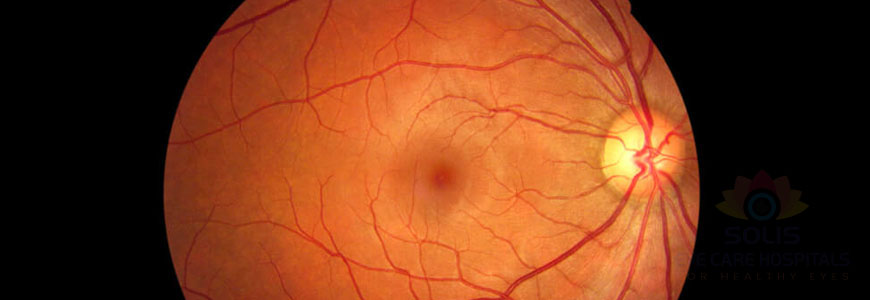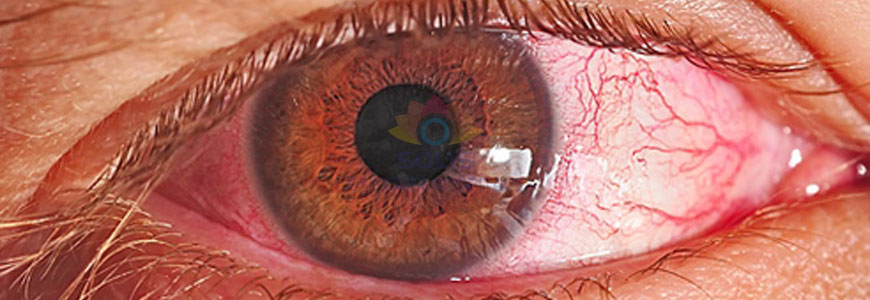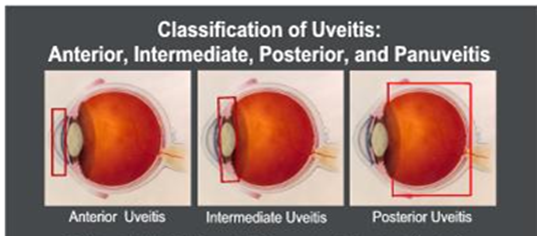Proud to achieve 3.56 lakhs satisfied clients \ For Online Consultation Call : 9515999415.
Our Latest Equipment is Best to keep your Vision perfect.
SVK Towers Kushaiguda Main Road, Near A.S Rao Nagar, ECIL Cross Road,
Secunderabad, Telangana-- 500062
R.K.Nagar Bus Stop, Opp. Bank of Maharastra, Malkajgiri, Hyderabad.
Call Us : +91 9515999407, +91 040 48541234
Opp Fab India, 6th Avenue x roads, Sainikpuri, Secunderabad.
Call Us : +91 040 49507523






